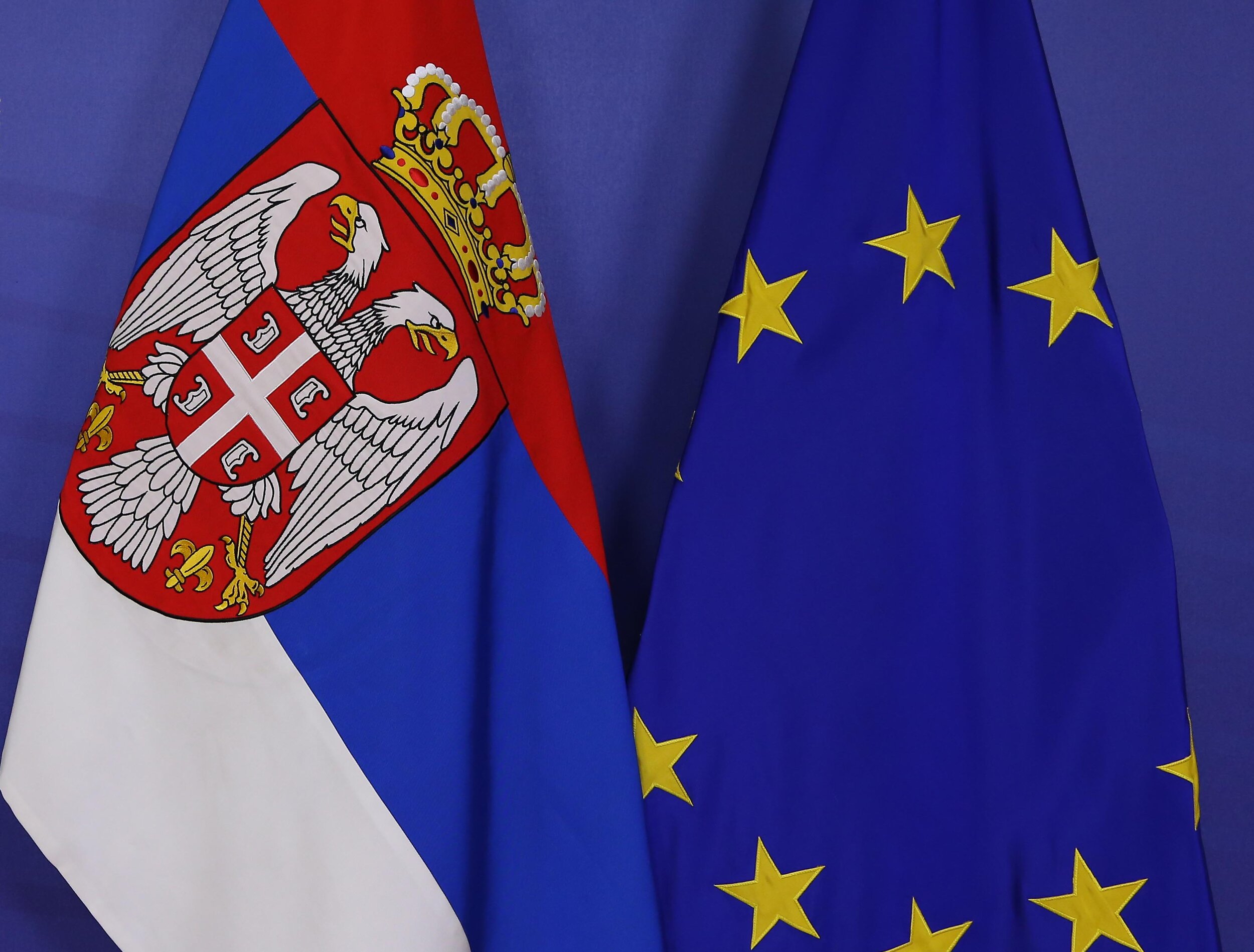What is (not) written in the Non-paper for Chapters 23 and 24 regarding Serbian progress in EU accession?
Have you ever heard of the document called Non-paper? It’s the European Commission’s document in which it informs the Member States on the Serbian progress in Chapters 23 and 24 of European integration.
The Non-paper provides an analysis of the situation in Serbia in the area of migration, border management and asylum system, which does not correspond to the actual situation on the ground nor does it tell-all. Also, some parts of the Non-paper and data provided are not clear nor precise. That’s why KlikAktiv, as an active actor on the ground, provides this analysis of what has been said in the Non-paper and compares it with the actual situation on the ground and situation in migration, border management and asylum system in Serbia. In this document, we focused only on the parts of the Non-paper that we find as most troubling ones within the areas of migration and asylum.
For the large part the Non-paper focuses on the “protection” of borders. An increased number of “interceptions” at the Serbian border are being noted and praised. Still, according to the EU, Serbia needs to improve its “efforts to combat smuggling” mostly through the agreement with Frontex. Despite the fact that the agreement between Serbia and Frontex is still not in power, as it has to be ratified by the Serbian Parliament, we learn that the “joint preparations for the operationalization of this agreement are ongoing”. We used this opportunity to analyze more on this agreement and just how harmful it will be for all actors.
European Commission also reflects on the readmission agreement between EU and Serbia and informs us that in 2019 total of 5.270 people have been returned from the EU Member States back to Serbia. It assesses that readmission of third-country nationals is “successful” but it is unclear just how many out of these 5.270 people are non-Serbian nationals. An initiative to sign readmission agreements with countries whom which most asylum seekers come, such as Iraq, Afghanistan, and Pakistan, is also mentioned as something that should be finalized as soon as possible.
Furthermore, Non-paper concludes that refugee children have access to education as well as that “Serbia provides a considerable amount of health services to migrants through the public health system”. Our work in the field shows different pictures so we listed examples that prove otherwise.
Non-paper reflects much less to the asylum system than it does to the border management and migrations. It states that Serbia should improve its legislation when it comes to access to asylum but it doesn’t explain why what kind of directions. But it provides statistics that in 2019 total of 12.930 individuals expressed an intention to seek asylum and were registered as asylum seekers. Out of that number, only 174 of them have lodged an asylum application. This means that only 1,35% of people who have been registered actually had access to the asylum procedures and were able to seek international protection. It is clear that this has to change and we provided oversight on how does it happen that such a small number of people is registered and even lower number has access to the asylum procedure.
Also, we learn that the Ministry of Interior now uses the single biometric database to identify and register asylum seekers and that “preparations for connecting to the EU asylum fingerprint database (Eurodac) are in their initial phase.”
This document provides an in-depth analysis of what is being said in the Non-paper on the state of play regarding chapters 23 and 24 for Serbia June 2020 and it compares it with the situation on the ground. KlikAktiv is an organization that provides free legal and social support to people on the move and asylum seekers in Serbia so we are directly familiar with the downsides of the current practice and policies in Serbia. We are present on the field in Belgrade but also in the border area on the north and west (border with Bosnia and Herzegovina, Croatia, Hungary, and Romania).
You can download the document with all comments and full analysis.

